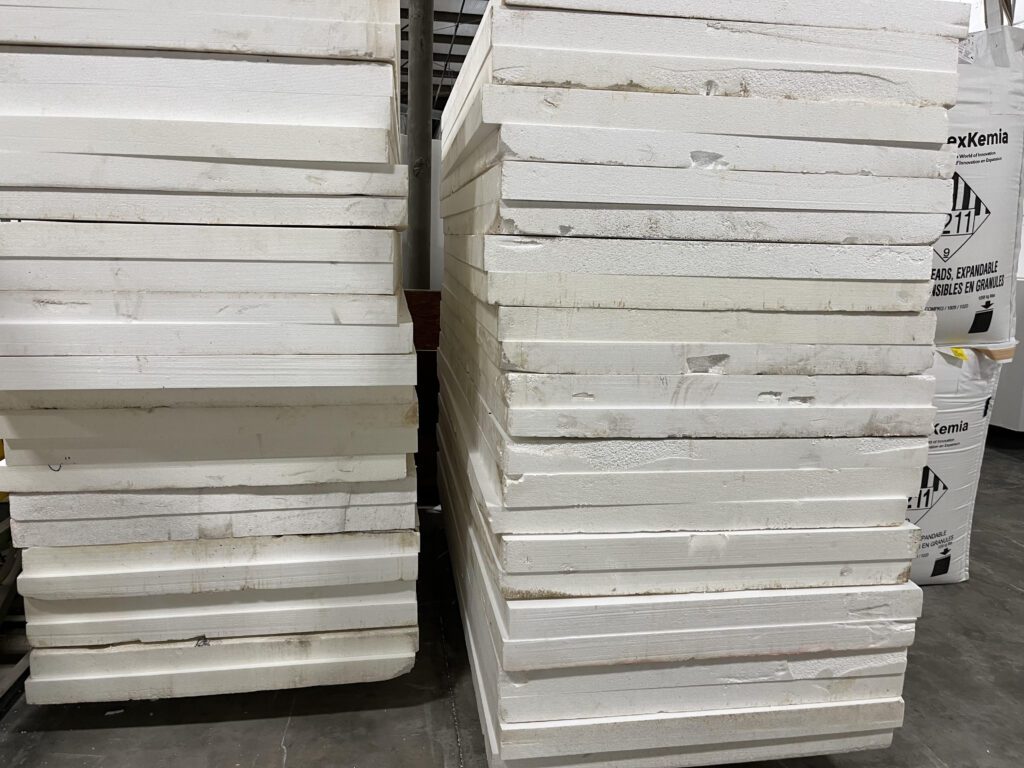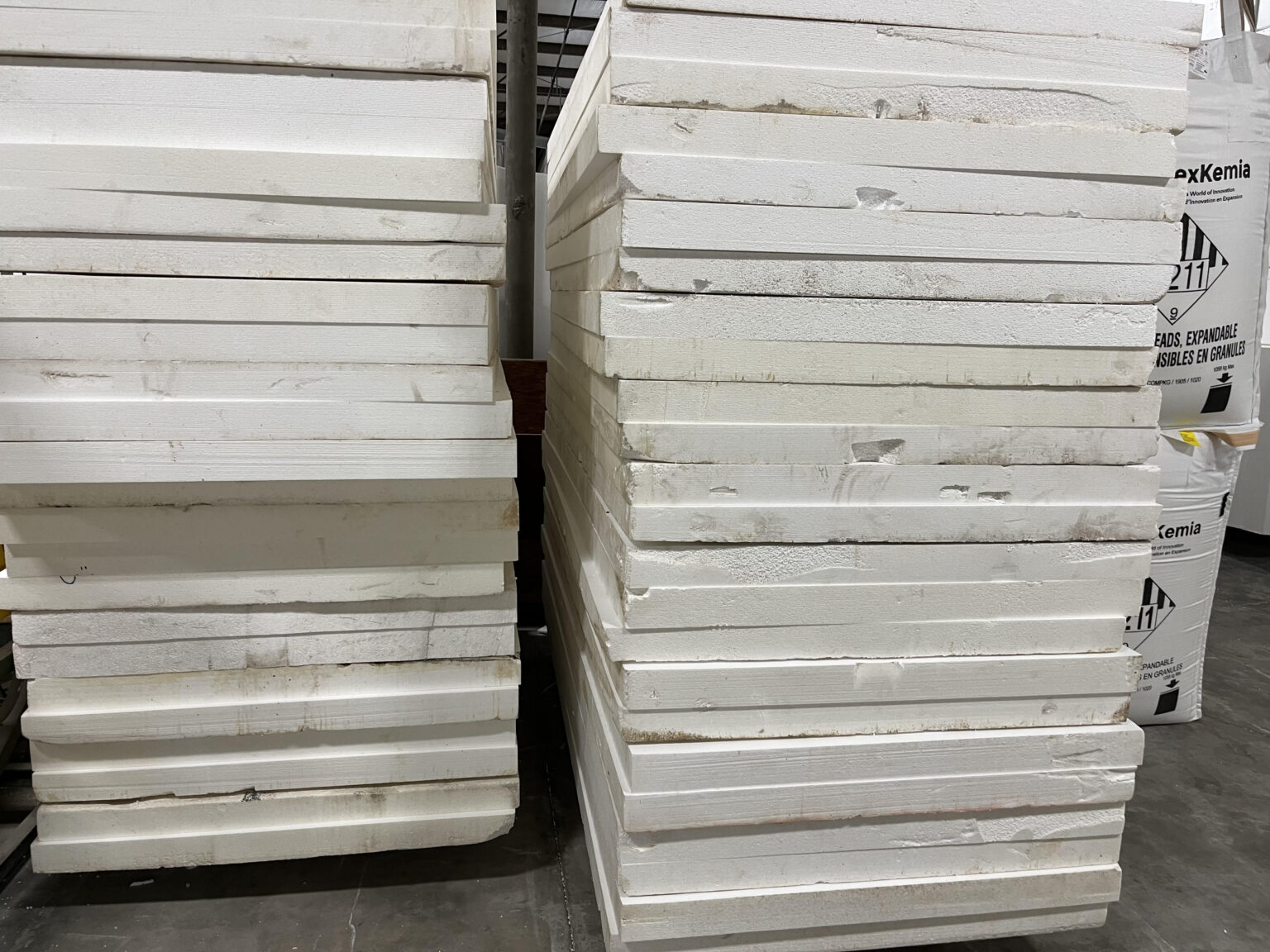
Efficient Insulation with Foam Panels: Key Applications and Green Benefits
To enhance the effectiveness of insulation in various parts of a structure, it is important to choose the right type of foam insulation panel. Here is an expanded guide on where to insulate in a structure, with specific recommendations for types of foam insulation (XPS, EPS, and Polyiso) and explanations for their suitability in each application. Foam boards are not the optimal insulation for every use case. Energy.gov has a great overview on insulation types and their uses.

1. Attic
Best Insulation Type: Polyiso
- Reason: Polyiso (polyisocyanurate) has a high R-value per inch (about R-6.5 to R-6.8), making it ideal for space-limited applications like attic floors and walls. It also has a foil facing that can act as a radiant barrier, reducing heat gain in the summer.
- Application: Install Polyiso boards between attic rafters or on the attic floor.
Sources:
2. Walls
Best Insulation Type: XPS (Extruded Polystyrene)
- Reason: XPS is moisture resistant and has a good balance of R-value (around R-5 per inch) and durability, making it suitable for both exterior and interior wall applications.
- Application: For exterior walls, XPS boards can be installed behind siding. For interior walls, they can be placed between studs.
Sources:
3. Foundation and Basement
Best Insulation Type: XPS for Exterior, EPS (Expanded Polystyrene) for Interior
- Exterior Insulation (XPS): XPS is preferred for exterior basement walls due to its moisture resistance and high compressive strength, which protects against soil and water pressure.
- Interior Insulation (EPS): EPS is more cost-effective for interior applications and provides adequate thermal resistance (around R-4 per inch). It is also breathable, reducing the risk of moisture buildup.
Sources:
4. Ceilings
Best Insulation Type: Polyiso
- Reason: Polyiso’s high R-value and radiant barrier properties make it effective for ceiling insulation, especially in cathedral ceilings where space is limited.
- Application: Install Polyiso boards directly under the roof deck or between ceiling joists.
Sources:
5. Floors
Best Insulation Type: EPS
- Reason: EPS provides a cost-effective solution for insulating floors above unconditioned spaces like garages or crawl spaces. Its lower R-value per inch compared to XPS is balanced by its affordability and ease of installation.
- Application: Install EPS boards between floor joists or under the subfloor.
Sources:
Choosing the right type of foam insulation is crucial for maximizing energy efficiency and comfort in a structure. Each type of foam insulation—XPS, EPS, and Polyiso—has its unique properties that make it suitable for specific applications. By using the recommended insulation type for each area, you can ensure effective thermal resistance and moisture management, leading to a more comfortable and energy-efficient home.
Green Insulation’s reclaimed foam panels offer an environmentally and economically smart insulation solution. By repurposing high-quality foam insulation, we not only save you money on material costs but also significantly reduce landfill waste. This sustainable choice helps lower your carbon footprint and minimize the emission of global warming gases. Choosing our reclaimed foam panels supports eco-friendly building practices and promotes a greener future without compromising on performance or durability. Make a positive impact on both your budget and the environment with Green Insulation Group’s reclaimed foam insulation panels. Contact us today for more information.
Foam panel insulation, while highly effective in certain scenarios, is not the optimal choice for all insulation applications. For instance, typical attic insulation often involves a combination of fiberglass batts and blown cellulose due to their ability to fill irregular spaces and their cost-effectiveness. Similarly, wall cavity insulation is frequently accomplished using blown cellulose, which provides excellent coverage and minimizes air gaps. However, foam panel insulation, particularly extruded polystyrene (XPS) and polyisocyanurate (Polyiso), is the preferred choice for creating a continuous insulation layer beneath the siding of a building. This application helps to eliminate thermal bridging and enhances the overall energy efficiency of the structure. Insulation contractors possess the specialized tools and knowledge required to implement these materials effectively, adhering to state regulations and building codes. Additionally, financial incentives and rebates for insulation often influence the choice of materials, steering homeowners and builders towards options that comply with regional energy efficiency programs. Understanding these factors is crucial for making informed decisions about insulation in various parts of a home.
Sources: (Energy.gov) (Insulation Institute) (EcoHomes) (GreenBuildingAdvisor)
